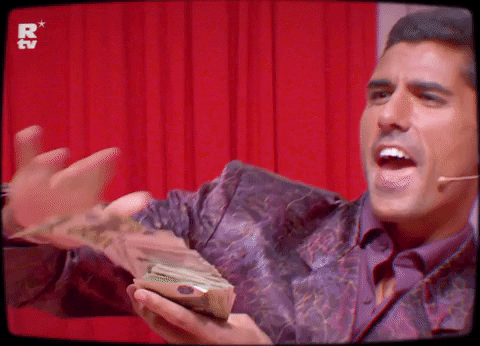
While undertaking my TikTok experiment, I’ve noticed my feed being filled with ‘Random acts of Kindness’ – and I’m wondering, How random can it be when it is clearly a content play?
Contrived Acts of Kindness
For the uninitiated, these ‘random acts of kindness’ are a bit like a new genre of game show. The acts often include;
- Handing bunches of flowers to people then walking off
- Giving people money on the street, sometimes thousands of dollars
- Paying strangers’ bills in supermarkets, gas stations or shopping centres
- Asking people what makes you happy – and then going to buy it for them.
- Arriving at homeless encampments and giving goods to the residents
- Driving round town looking for people to help …. always with gifts or money
Of course, the camera is never off. The video is often made with someone hiding around the corner, and it’s mostly uploaded without permission. The whole thing is an act, and in my view, a distasteful one. They are turning people’s lives into content. This is what the Attention Economy has created, a world where the only goal is to get views. A world where it matters not what people are watching, just that they are watching.
The ugly reality is that these so called acts of kindness are just a cost of doing business. A small financial outlay that is later offset by monetary gains the channel makes for the creator. In today’s digital age, attention equals money.
If you manage to garner enough eyeballs around what you do – people will pay for access to your audience. It’s old school media, in a micro way.
Fee for Audience
On TikTok the going rates for an audience are quite significant. People’s reach can be accessed for fees based on their level of ‘influence’. Cost per single post below:
- Nano: $50–$300 (1-10k followers)
- Micro: $300–$1,250 (10-75k followers)
- Mid: $1,250–$3,500 (75-250k followers)
- Macro: $3,500–$12,000 (250k – 1m followers)
- Celebrity: $12,000+ (1m+ celeb status)
Just last week – a famous TikTok-er known as @LifeofHarrison gave what he described as an old lady some flowers by asking her to hold them – and then says have a lovely day and walks off.
This garnered 65 million views with the comments fawning over the act. The lady however, Maree, said she felt dehumanised and said she didn’t like being described by others as an old lady. In an interview on TV @LifOfHarrsion, aka Harrison Pawluk said, “I want my content to make people feel happy….” Interesting that the word ‘content’ was featured in that sentence. Rather than him just wanting to make people feel happy.
A Legal & Ethical Minefield
While it is legal to film someone in a public space, it’s illegal to use people for commercial purposes without their explicit consent. When we record my TV show The Rebound, every person who appears needs to sign a release form. The only exception, is if you’re part of a larger public audience at a place like a football match. It’s another example of technology companies having a different set of rules to traditional media. But we all know, they’re a really just media companies in disguise.
Of course we shouldn’t blame viewers for watching these acts – they just want to see something positive. But we ought also remember that the creators have been influenced by the media landscape they now live in. First we shape our tools, thereafter, they shape us. While I don’t question that most people would be happy to receive something valuable for free, it does seem a little opportunistic and avoids all of that difficult stuff like working on the structural issues to alleviate hardship. I guess real solutions don’t really suit the short video format.
But if we want to teach our kids anything in a surveilled society, it should be that what we do when no one is watching is what really matters.
The only problem, is that the spaces where we are able to do something without anyone watching, are in rapid decline.
—
Keep Thinking,
Steve.